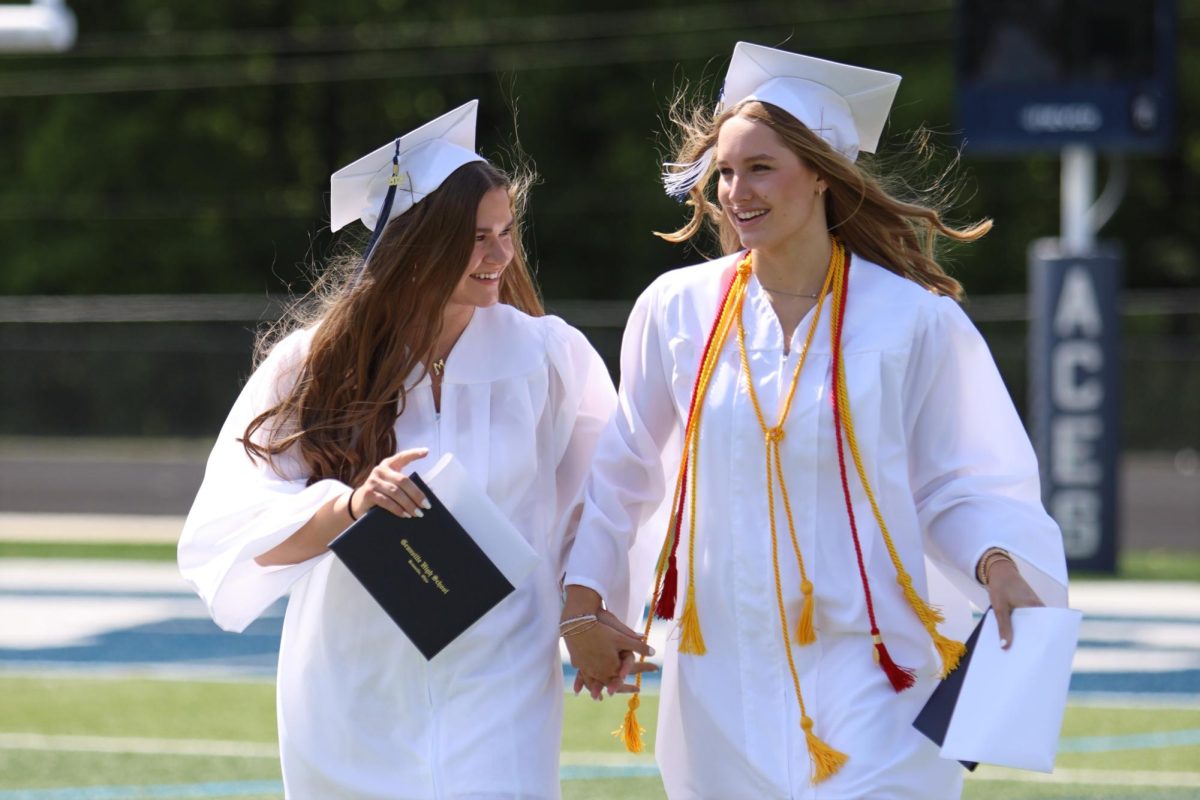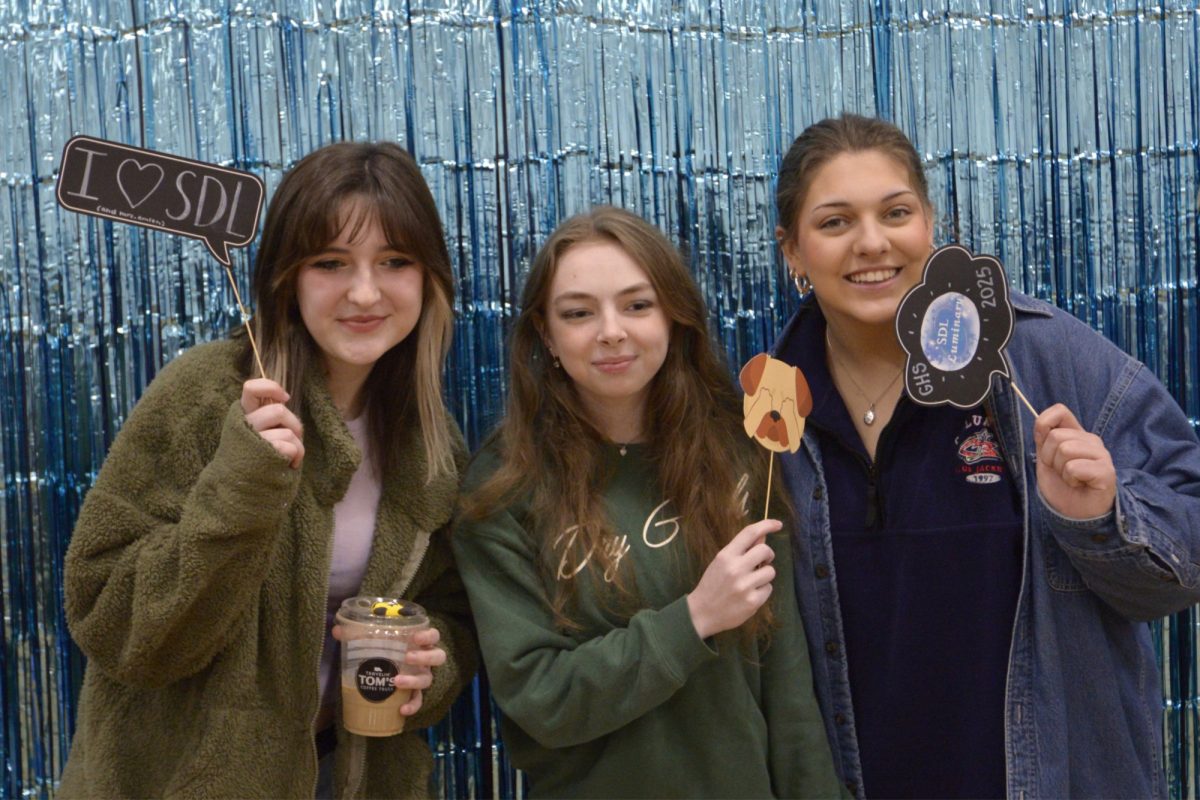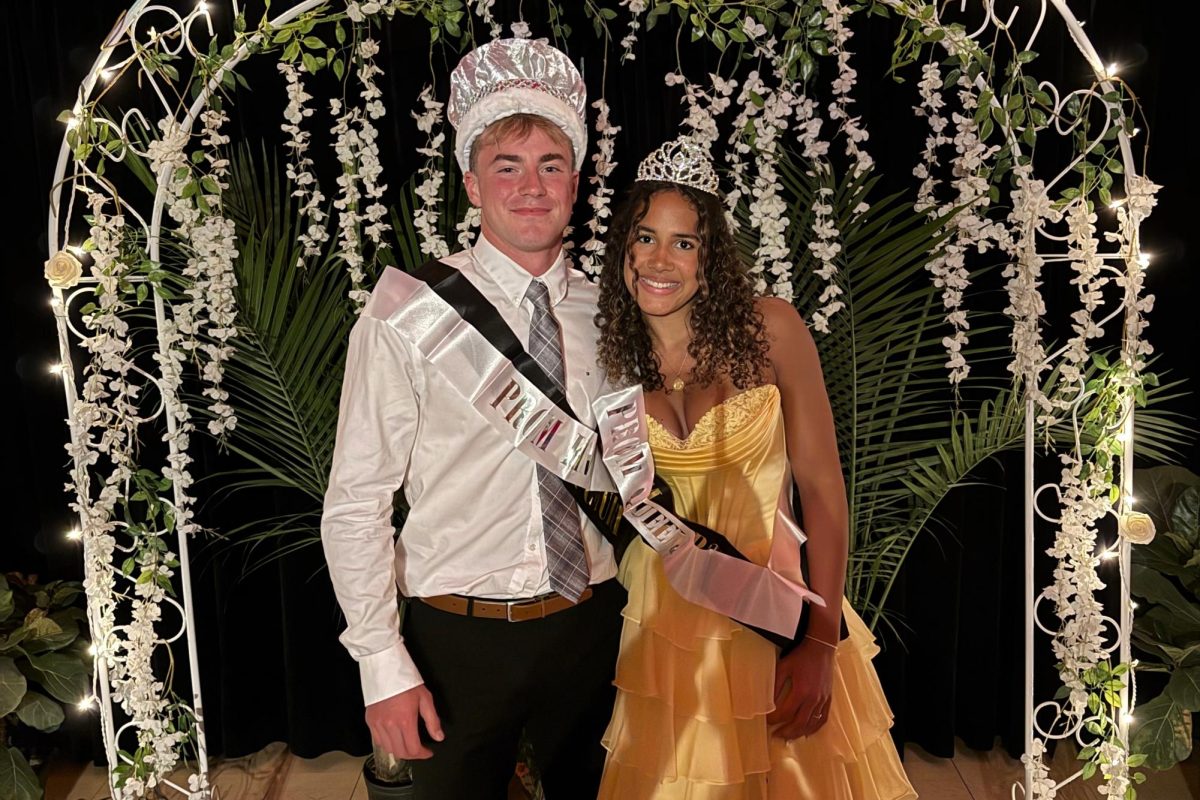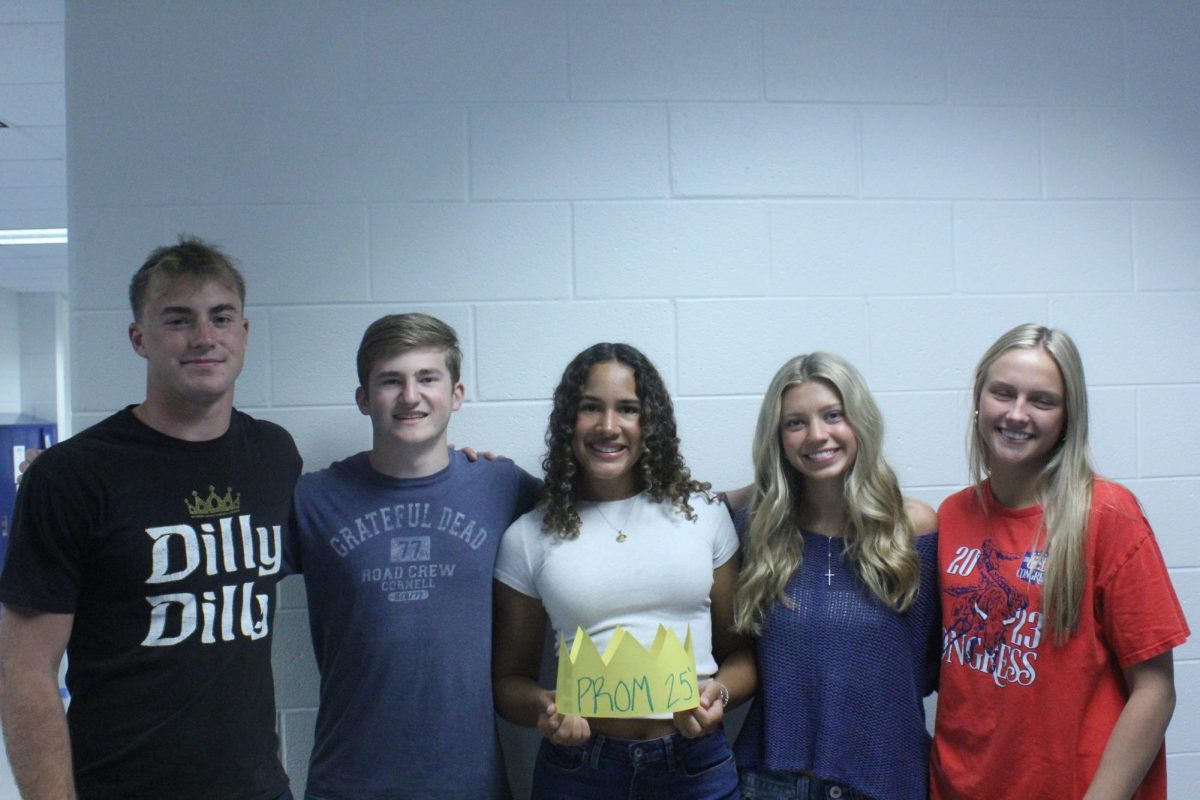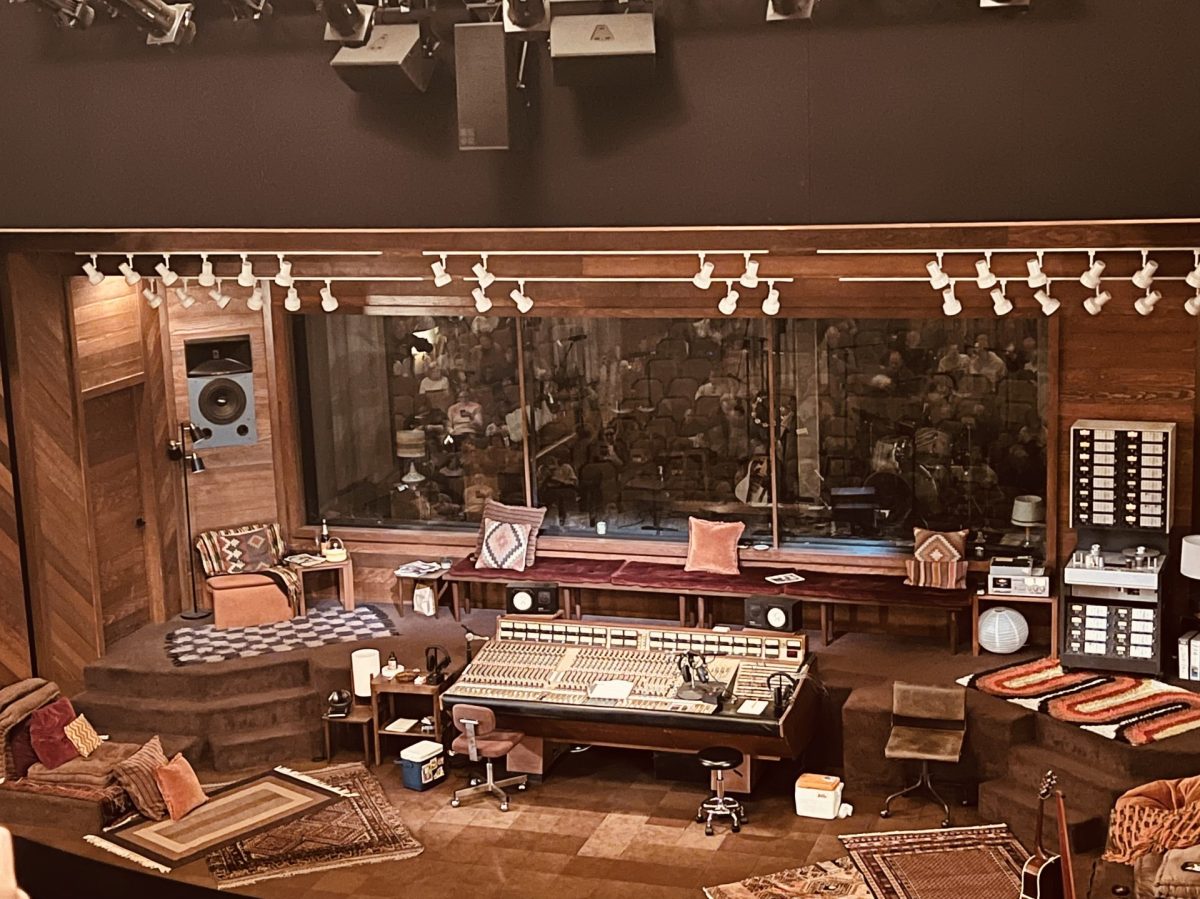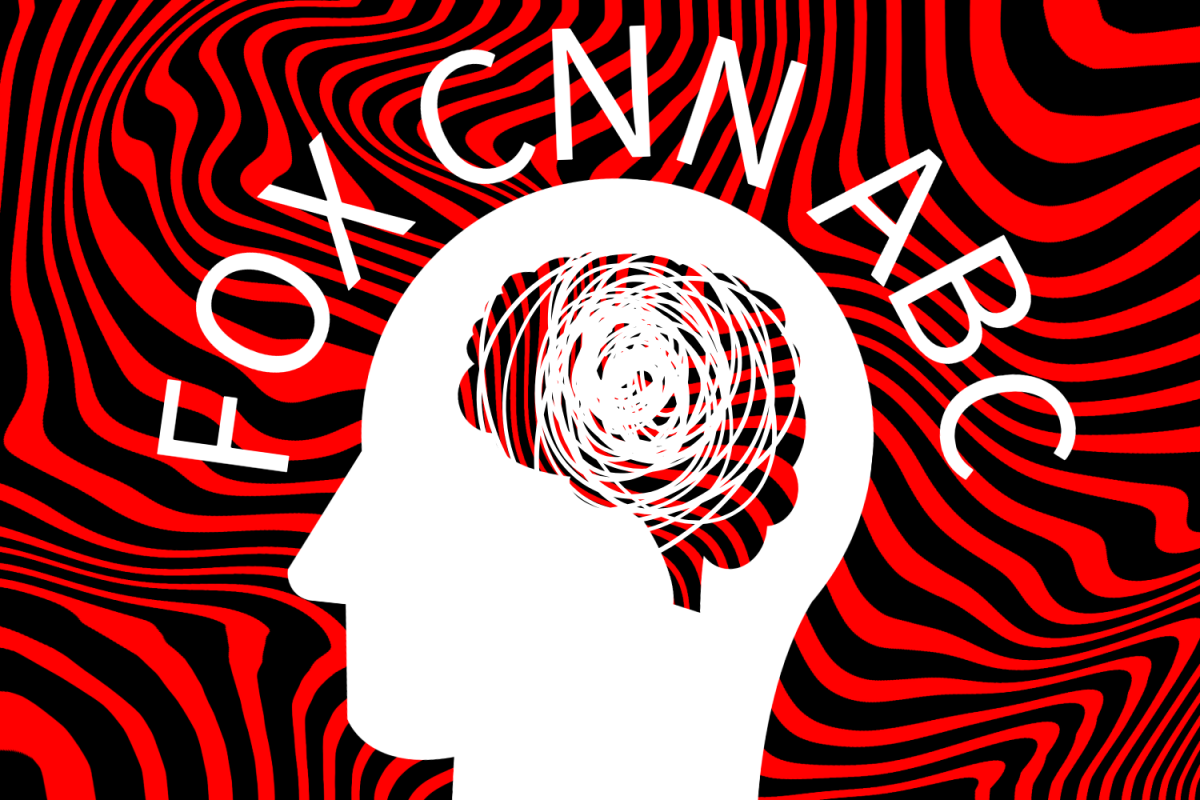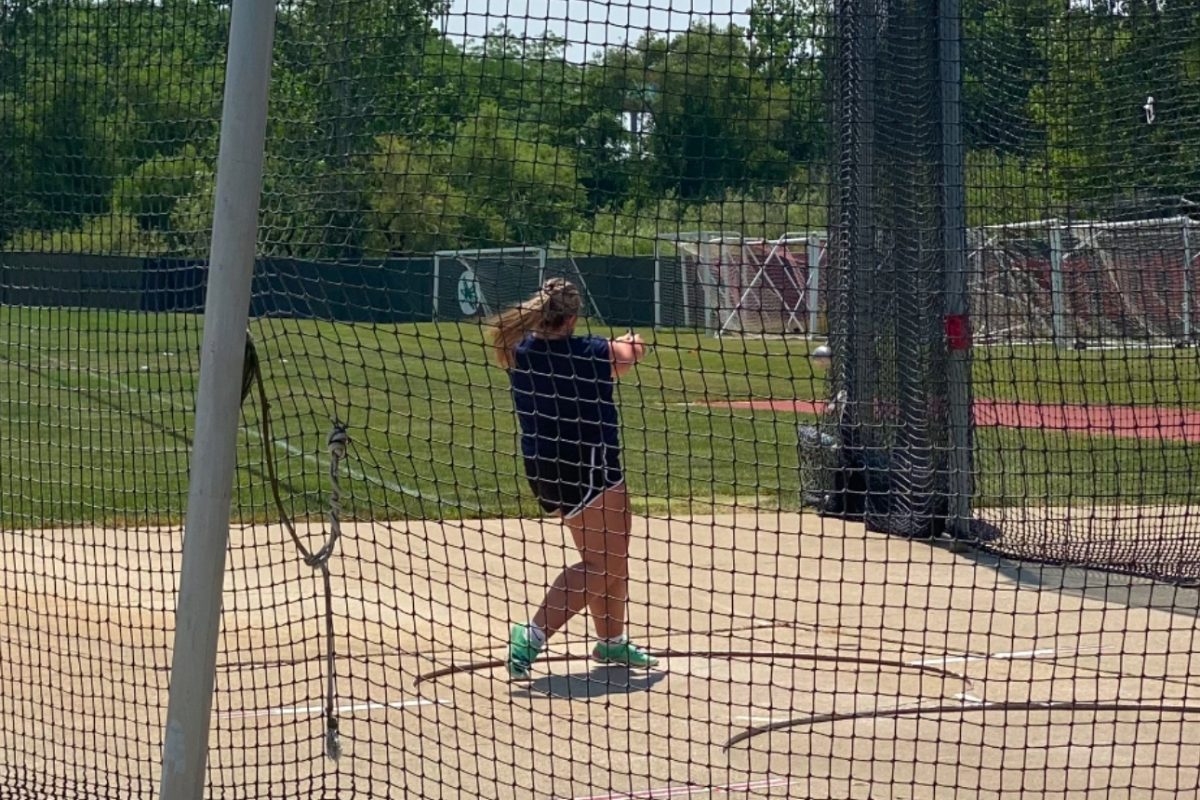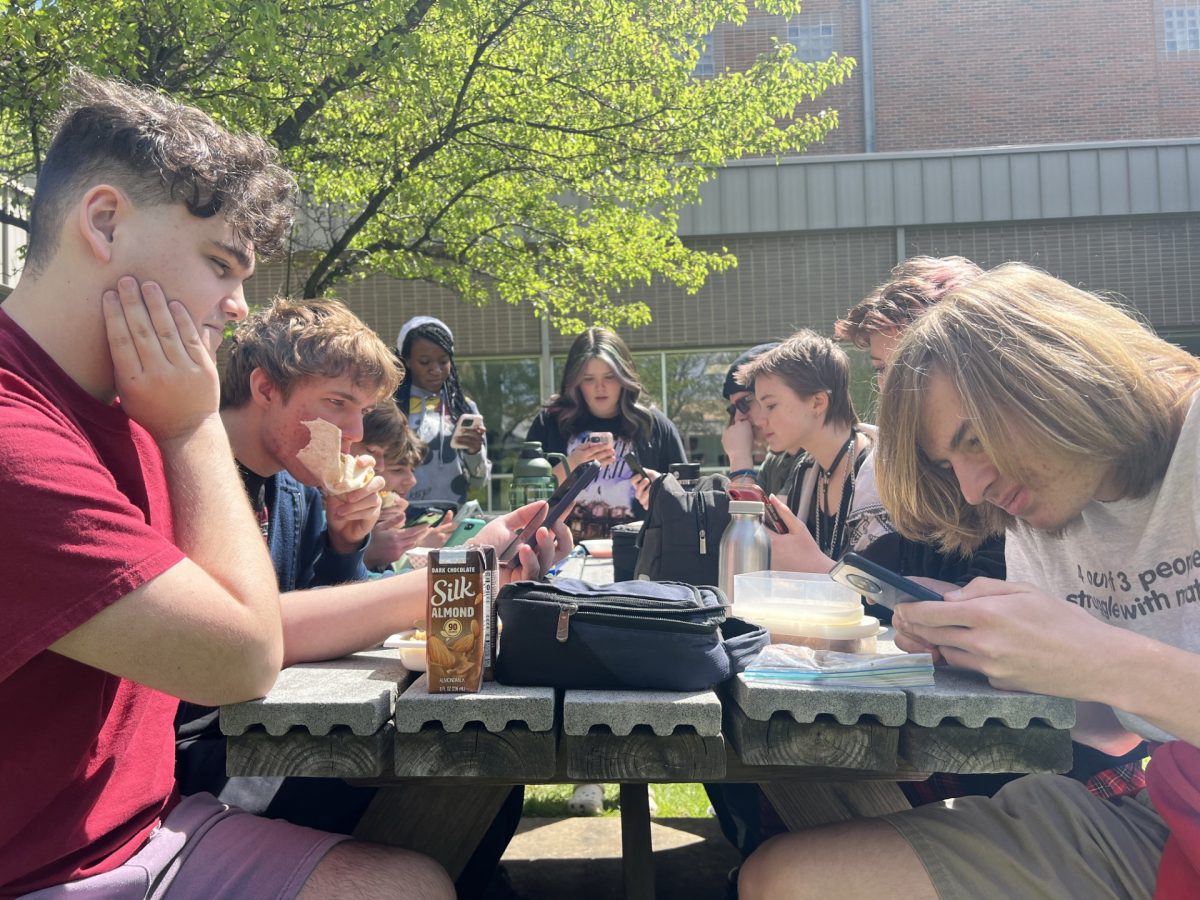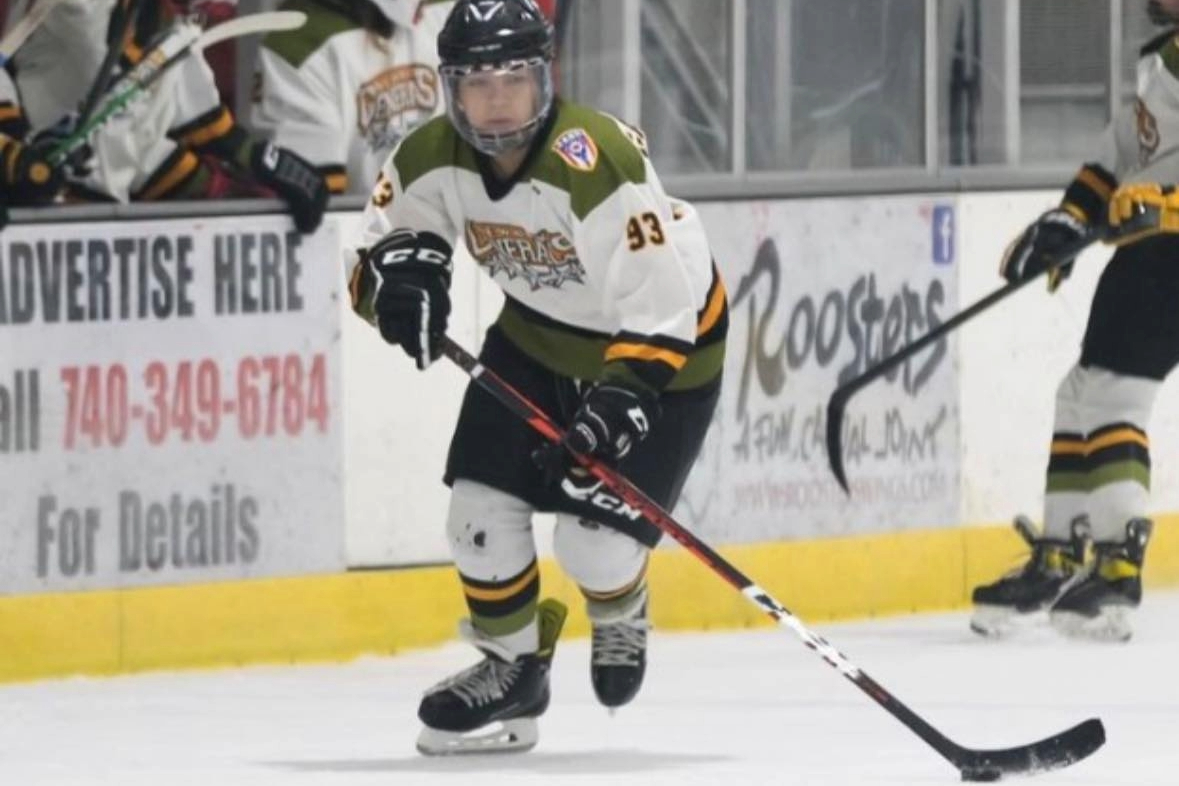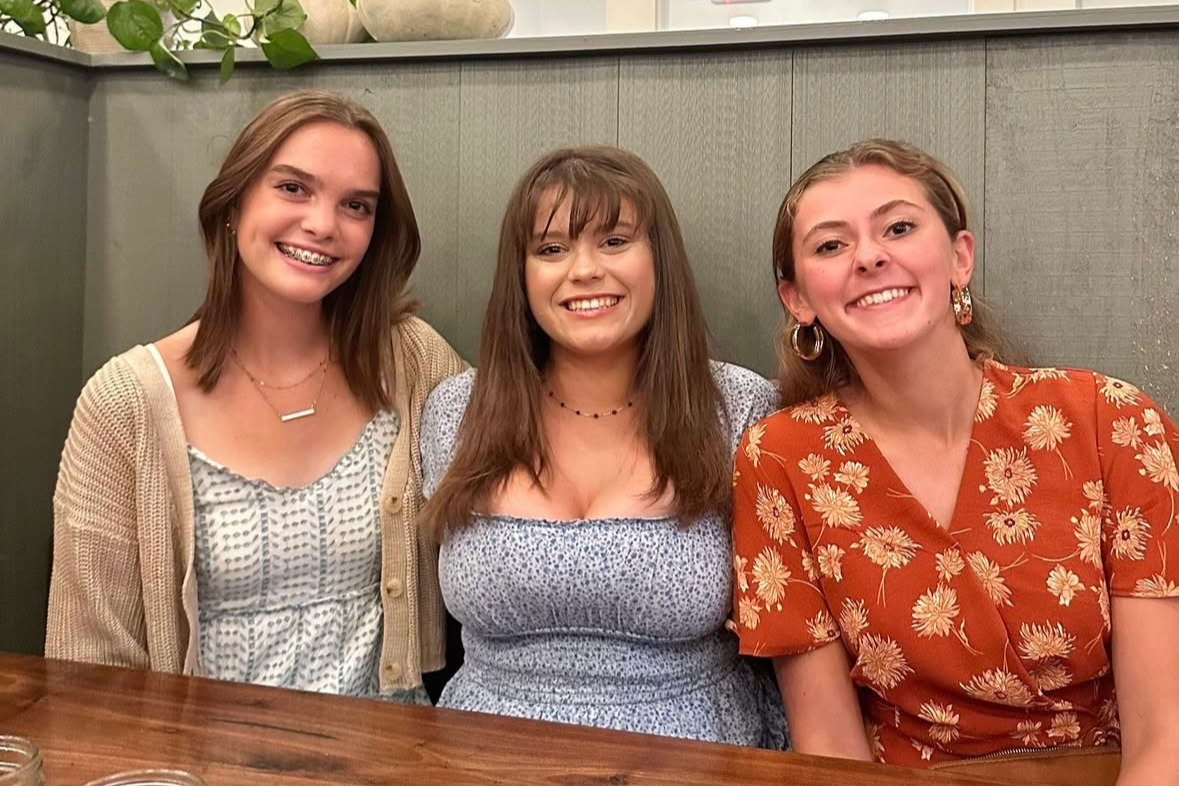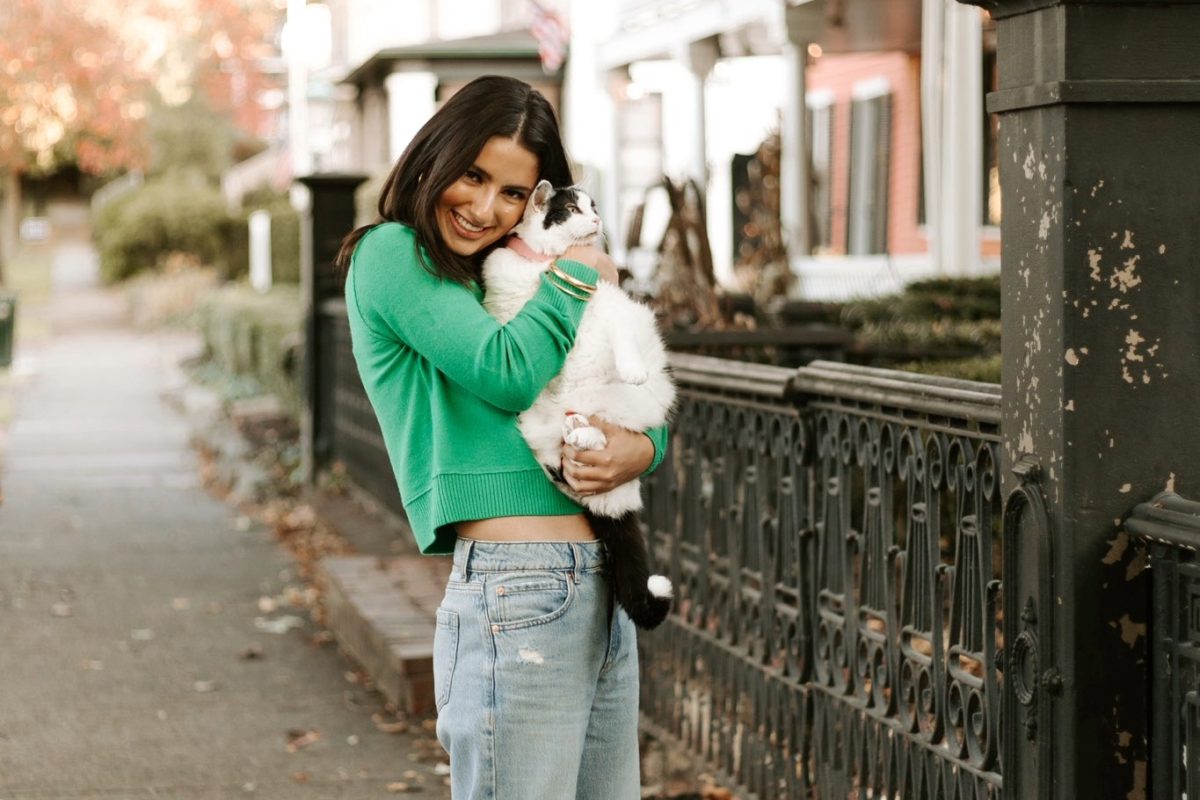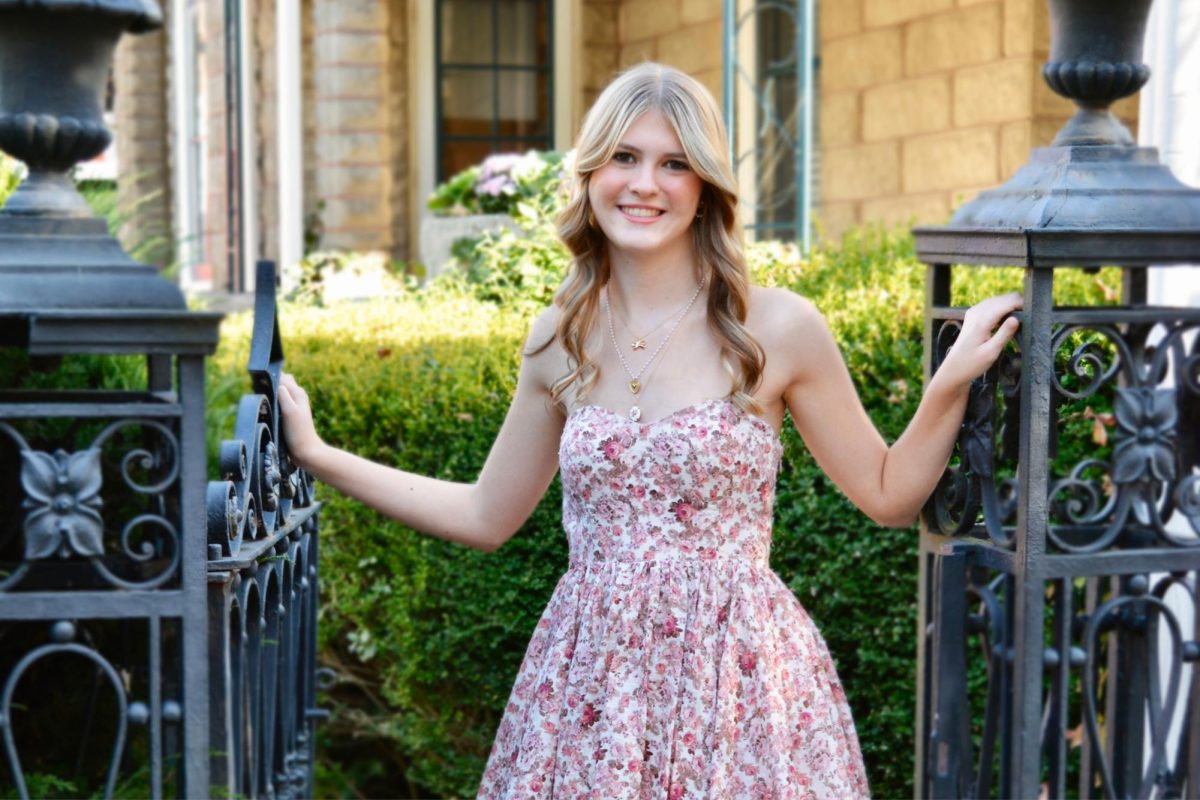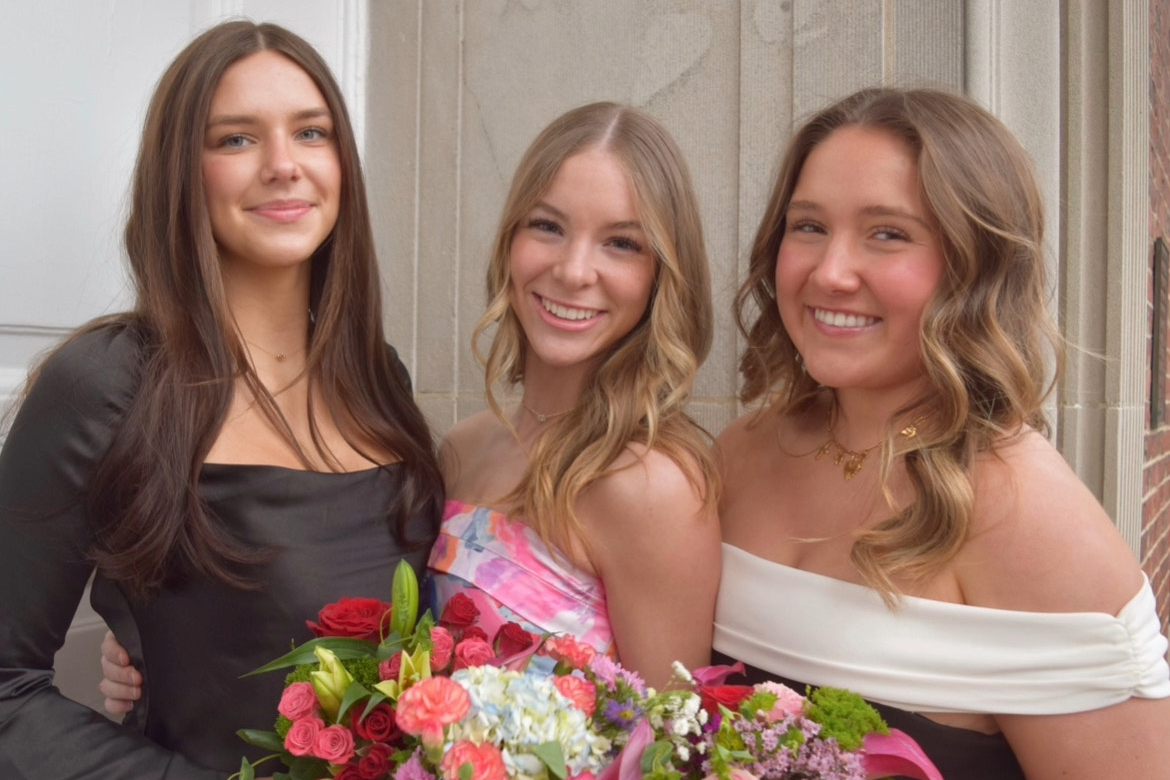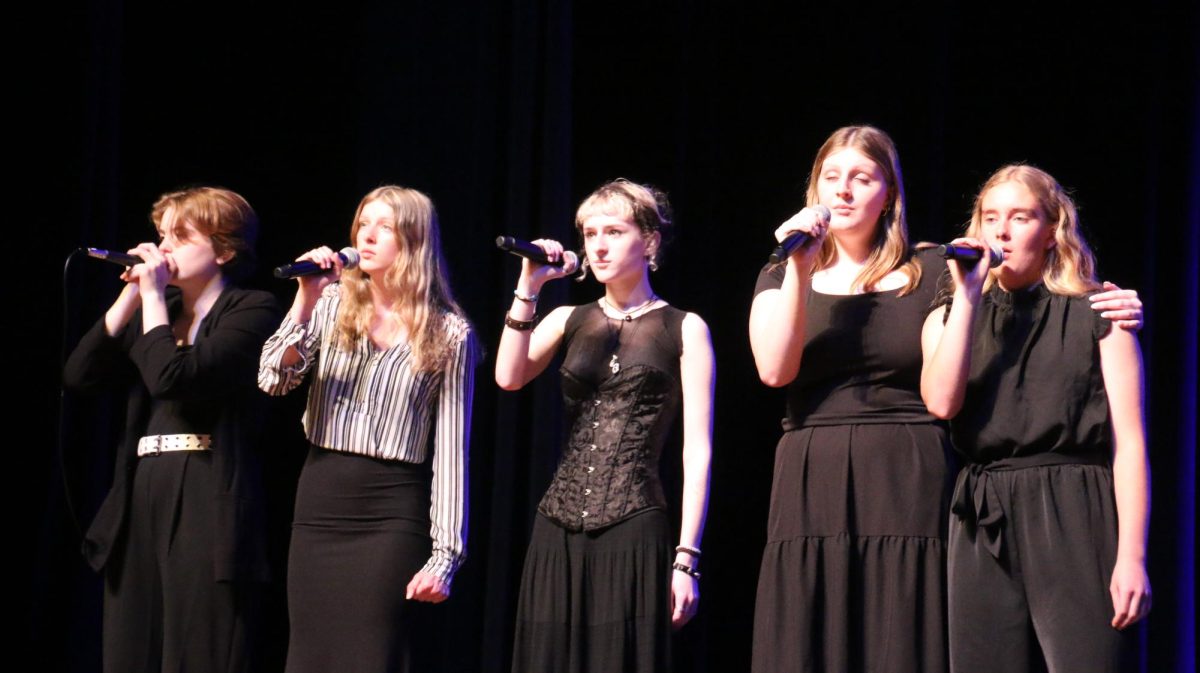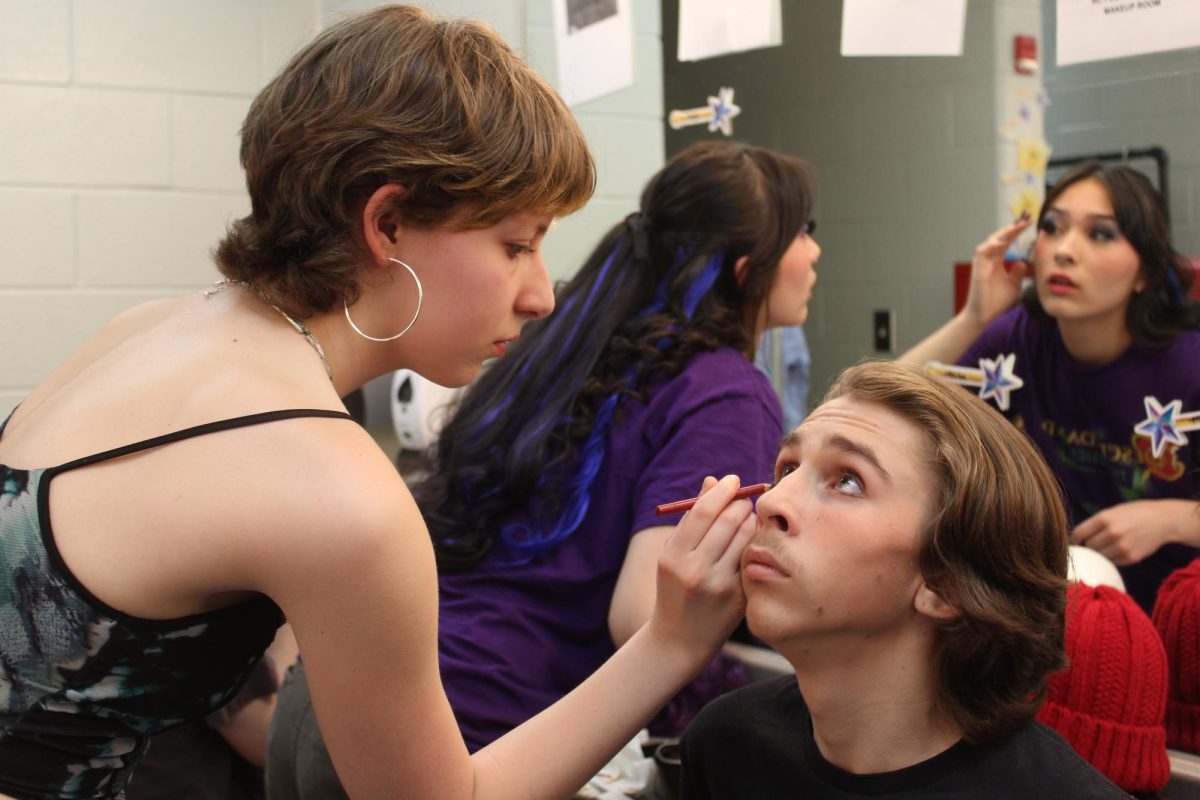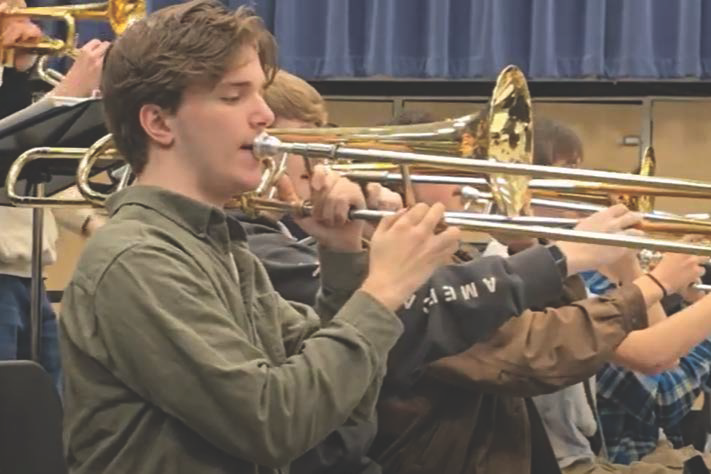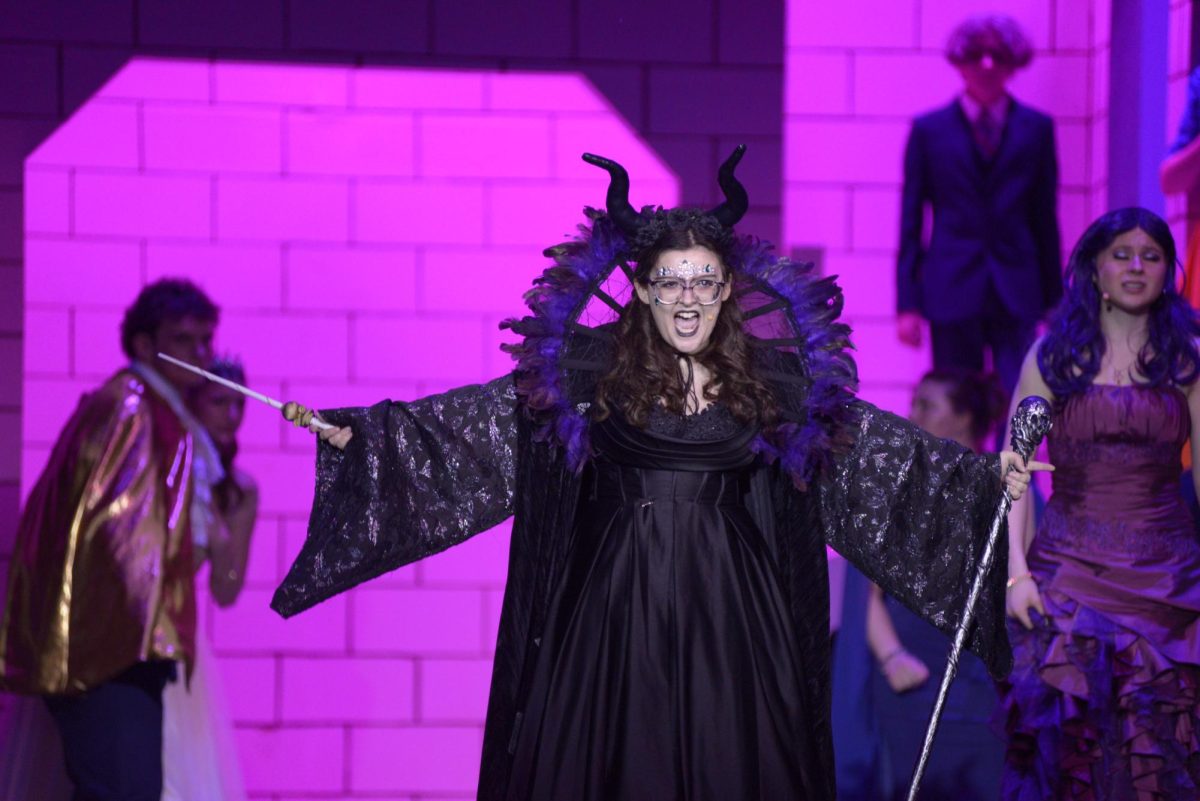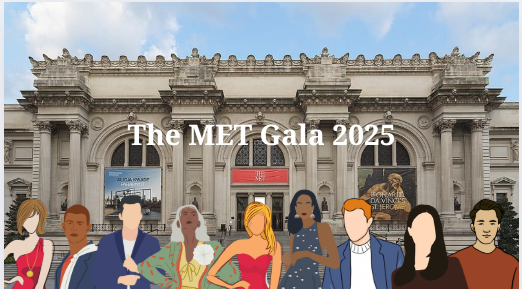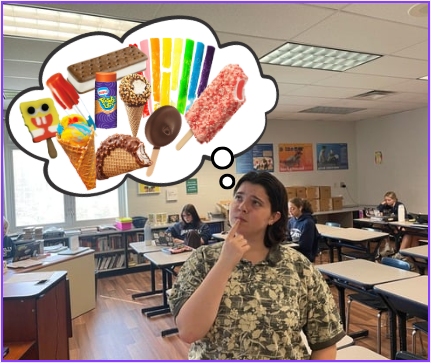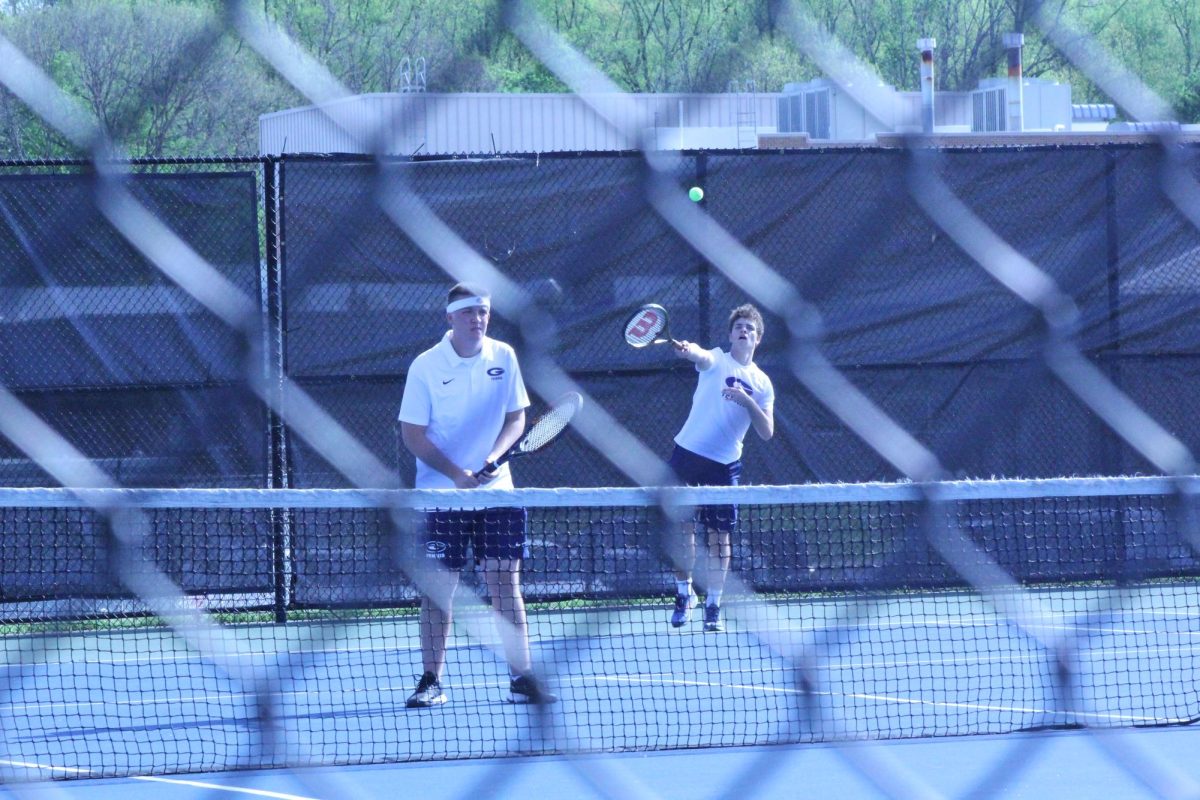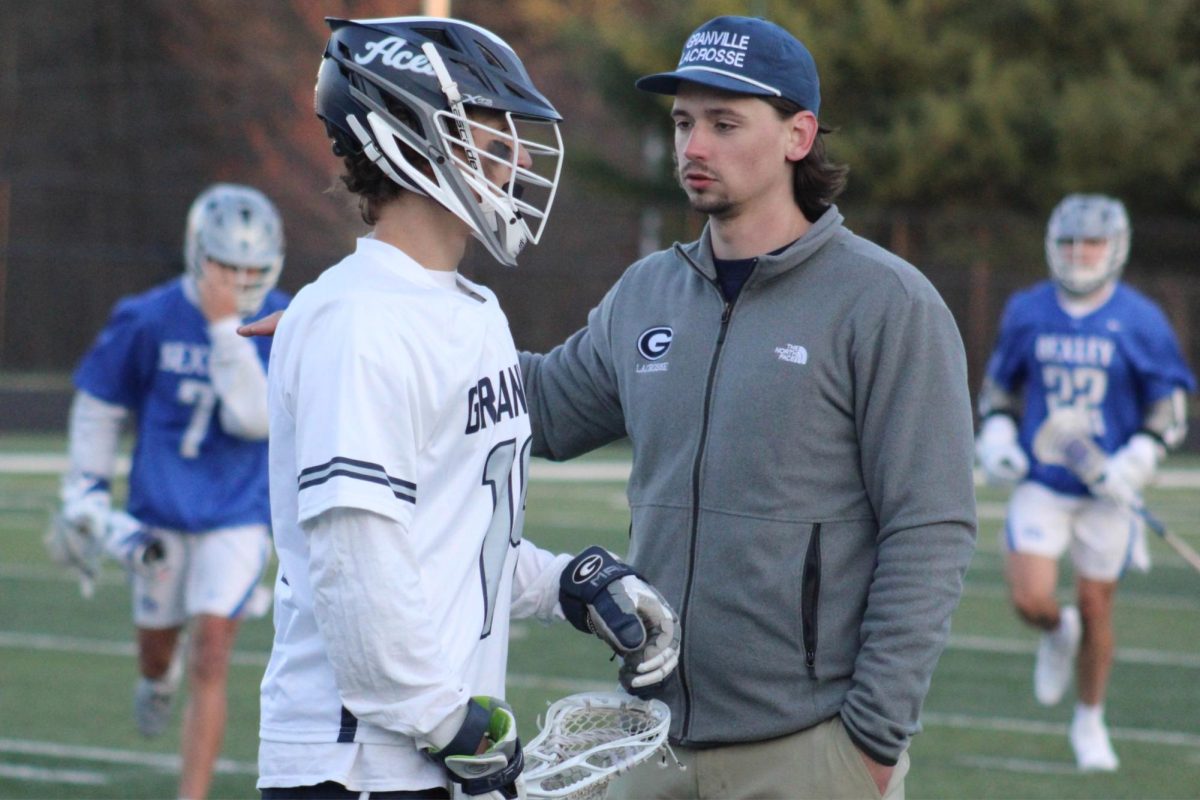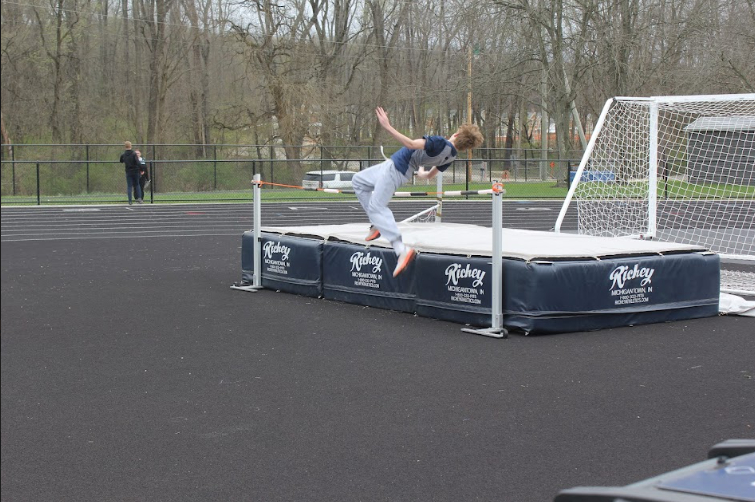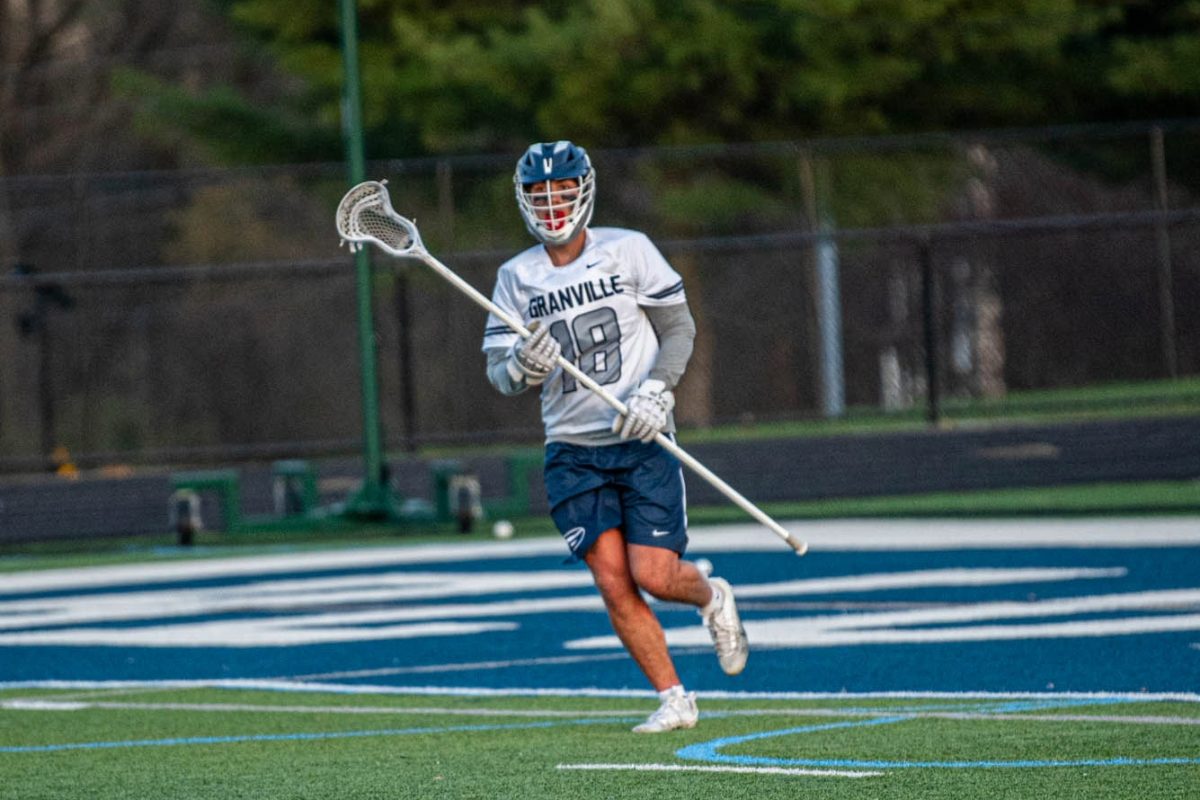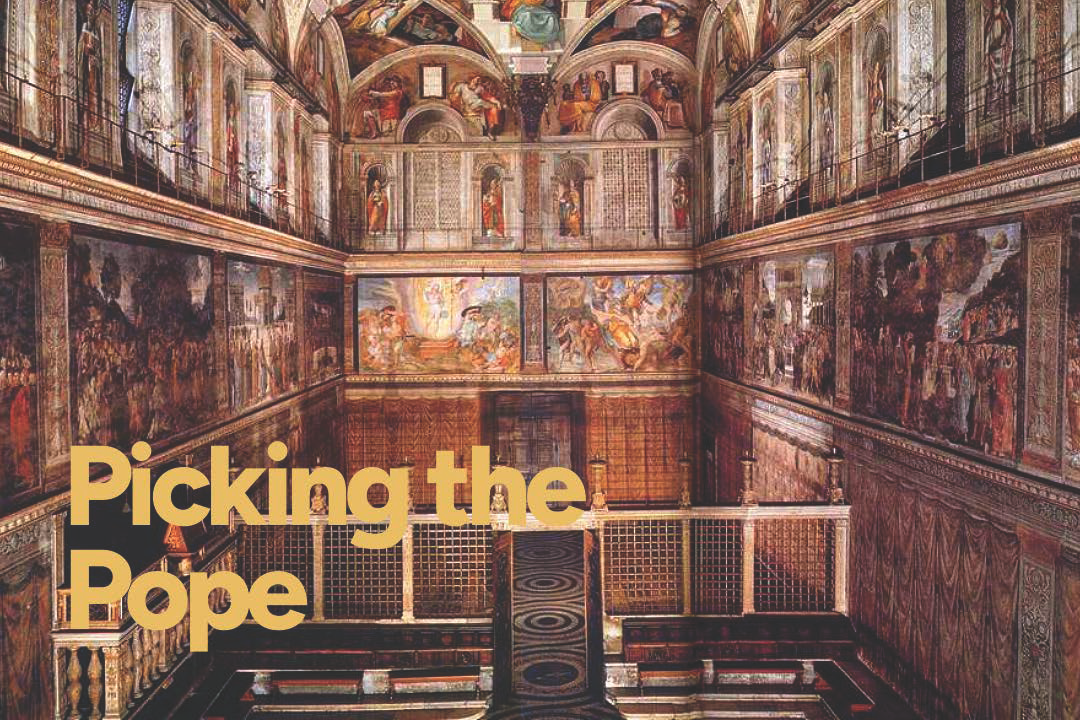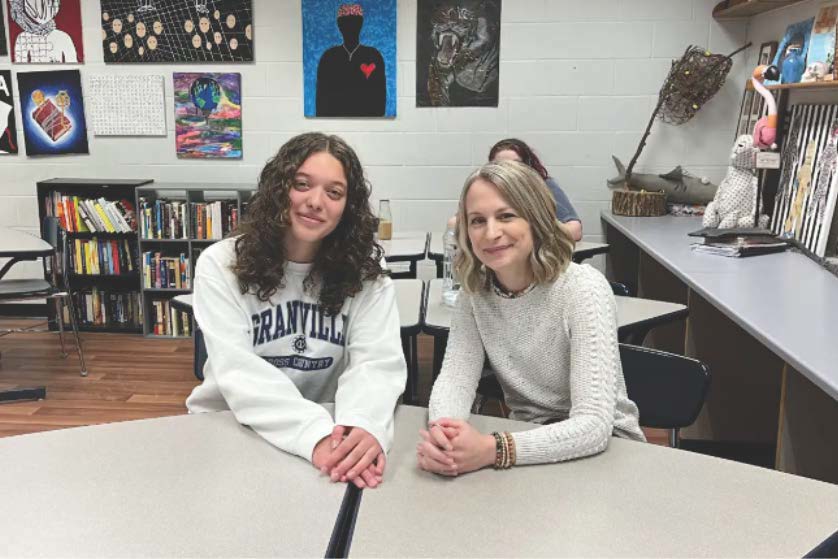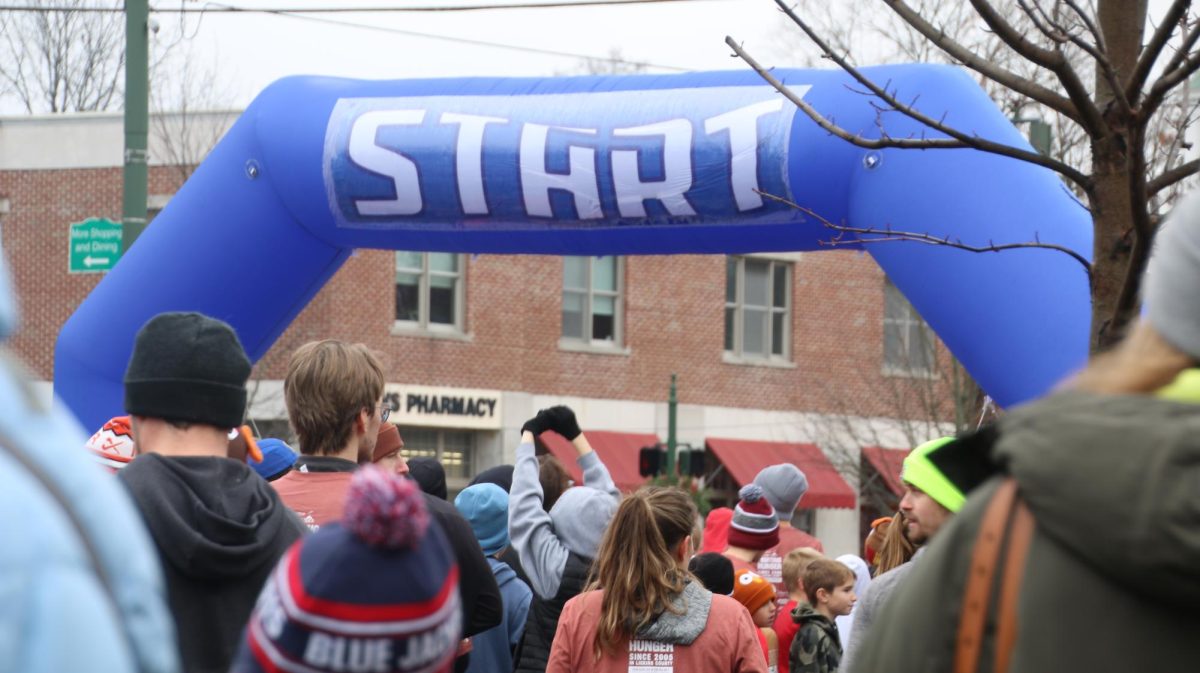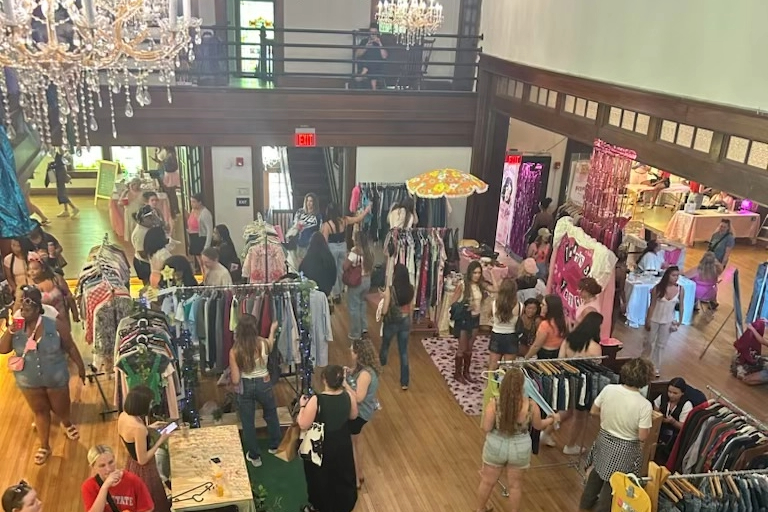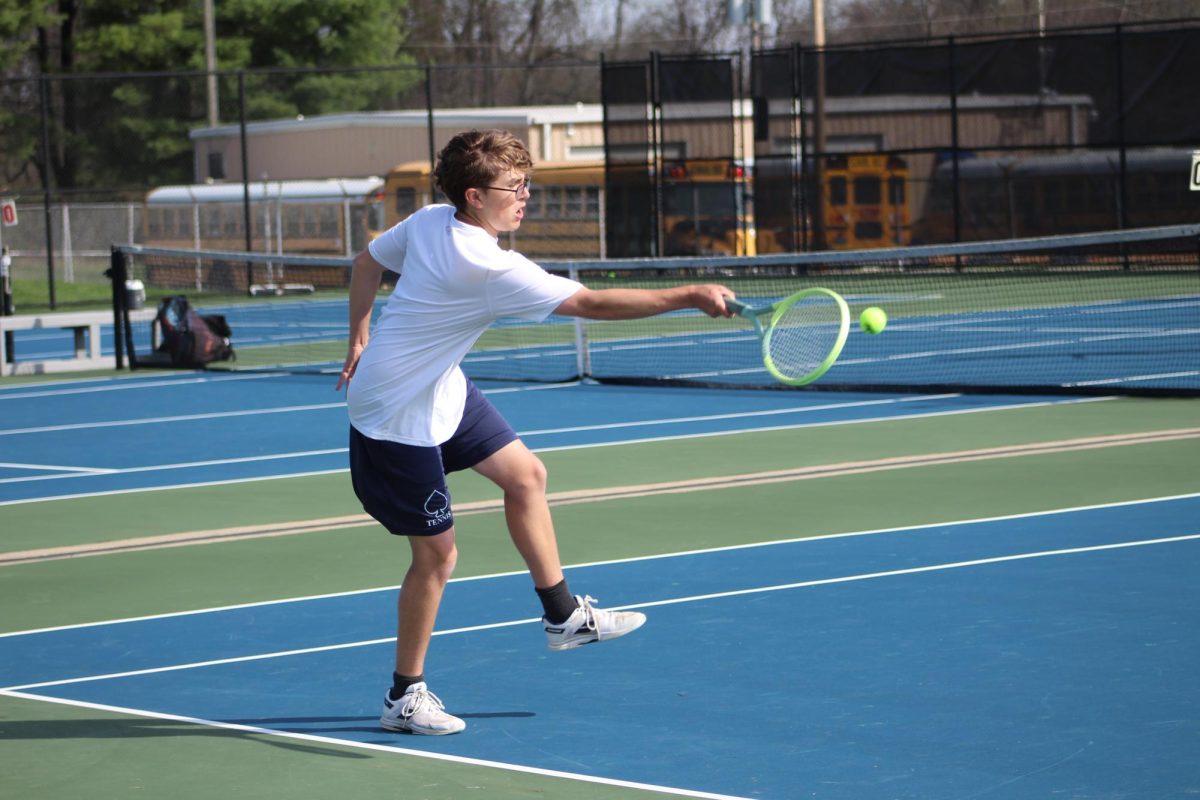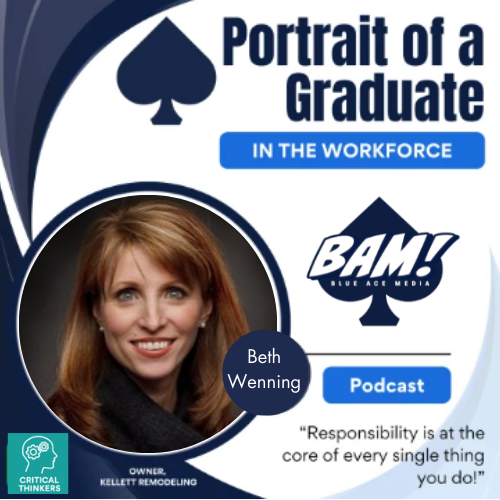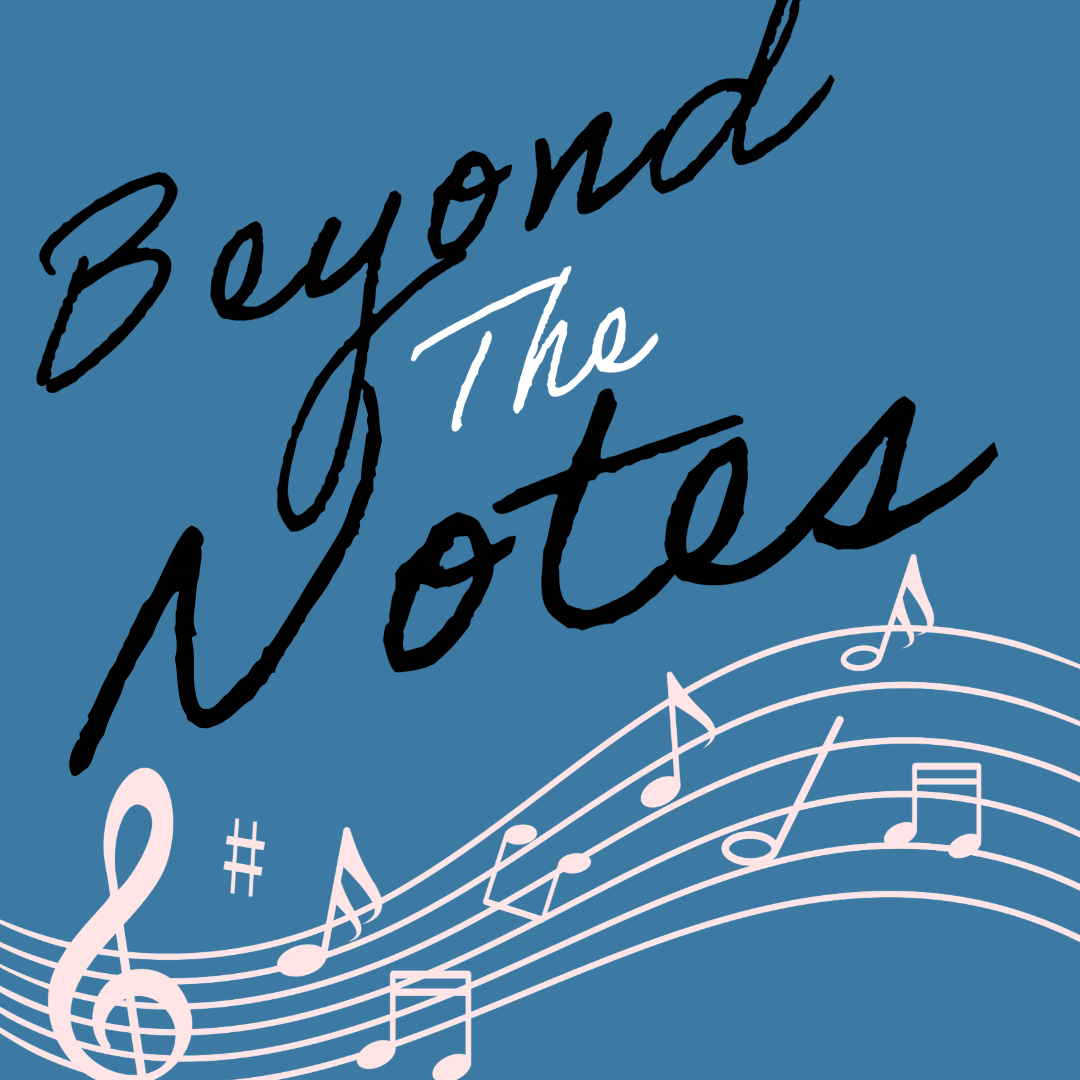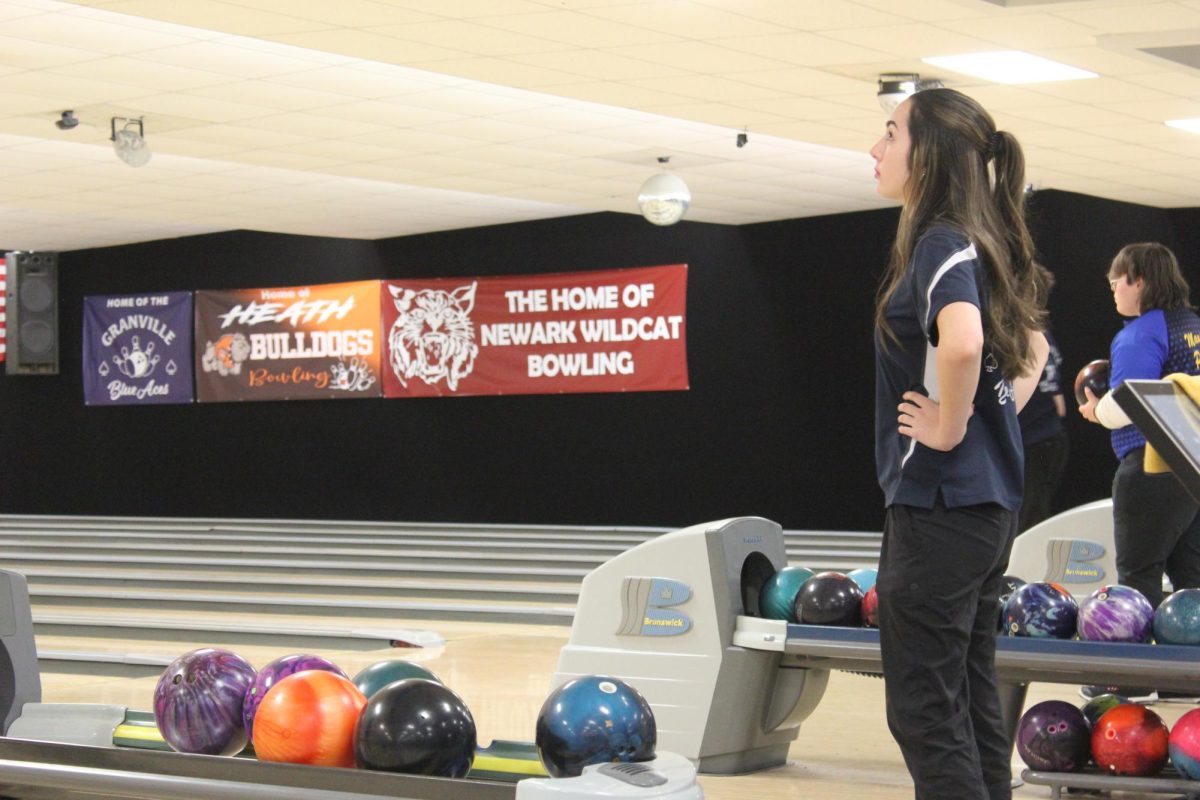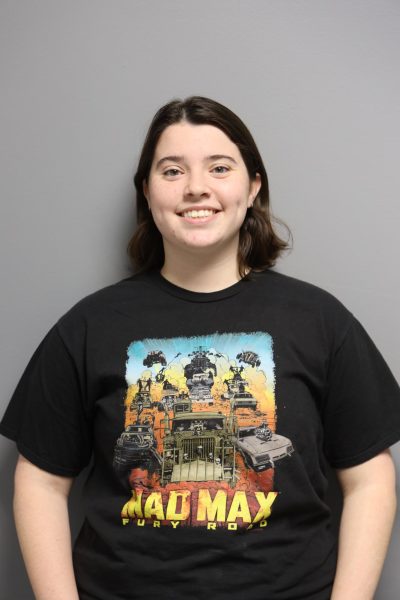Join host Sophia Sturiano as she explores the process and history of picking the new pope after the death of Pope Francis. Whether you’re curious about faith, history or global leadership, this podcast offers an insightful journey into one of the world’s most unique selection processes.
Transcript:
Hello! I’m Sophia Sturiano and today I am going to talk about the process of picking the new pope.
Following the recent passing of Pope Francis on Easter Monday, the Catholic Church must pick a cardinal to become their ultimate religious authority and an important political figurehead. But how exactly is such a consequential decision made? What does the transition into the position of pope look like? Why do some popes opt for a name change? Keep listening to find out.
A funeral was held for Pope Francis in Vatican City on April 26. As the globe mourns his passing, there is a vital question ahead: who will be next? That is the question that will be answered by the papal conclave scheduled for May 7th.
Conclave is the name for the meeting of the College of Cardinals to determine a successor. A cardinal is a senior member of church clergy, and the individuals in this group have been elevated to the title of Cardinal by the pope himself.
They will gather in St. Peter’s Basilica and invoke the Holy Spirit for guidance on their decision. After this, the group begins a closely guarded discussion in the Sistine Chapel. An oath of secrecy is taken. The doors are locked. When they are ready, the cardinals have a secret vote. Until the next pope is elected, four rounds of voting will take place every day. Voting can only stop when a candidate receives two-thirds of votes.
As the exact goings-on during the Conclave are secret, the public is informed whether or not a decision has been made via colored smoke emitted from the Sistine Chapel. If a vote has not been reached at the end of the day, chemicals are used to produce black smoke. If a pope is picked, then the smoke will be white. When this happens, the ballots will be burned in the same fire used for the smoke.
The practice originates in the 13th century, when cardinals couldn’t agree and the Church went without a leader for almost three years. Eventually, the cardinals were locked in a room with only bread and water until a decision was made.
According to the Vatican, the longest ever conclave lasted 34 months beginning in 1271. Reportedly, the time period with the most conclaves held was during 904 until 964, when it is believed that around 7 or 8 papal elections took place, according to the account of 16th century historian Caesar Baronius. Allegedly, this was a result of the entanglement between the Theophylacti, an influential family of Roman nobles and various popes. This time period is known as the Saeculum Obscurum or “Dark Ages” in Latin.
When a pope takes office, he can choose to change his name. Pope Francis, for instance, was born Jorge Mario Bergoglio and later chose the name after St. Francis of Assisi, who is associated with the poor and seeking peace. The tradition began with Pope John II in 553, who found his birth name, Mercurius, to be inappropriate for its association with the Roman god Mercury. More interestingly, Pope Francis was the first to choose a name different from previous popes since 913; before, papal names were simply taken from previous popes.
The new pope gives a blessing Urbi et Orbi – Latin for “to the city and the world” – extended to the city of Rome and the whole world. This blessing is reserved for holidays and special occasions – notably this was the last blessing written by Pope Francis before his death. This is Sophia Sturiano, signing off.
Music: “String Arpeggios” instrumental and “Piano Spirals” instrumental, WeVideo.


